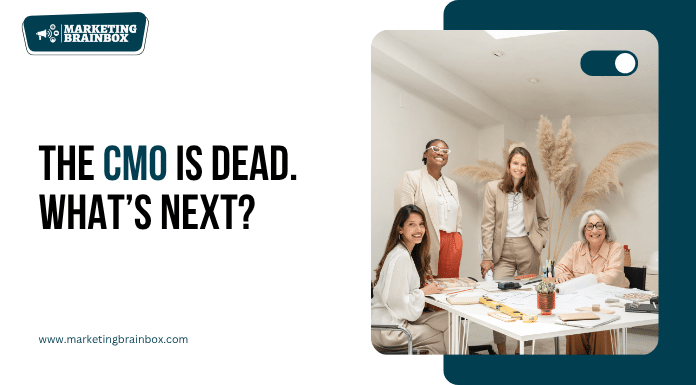For years, the CMO was mostly responsible for brand strategy, advertising and interacting with customers. Over time, companies have started to revise what this role means, resulting in many newly created positions that handle a larger range of tasks. Such changes mirror the way marketing is changing in the digital era.
Why Are Companies Replacing the CMO?
Several reasons drive the change from the old CMO role.
- Integration of Digital and Technology: As all backgrounds converge in the digital era, leaders are expected to handle the differences between marketing, technology and data analytics.
- Holistic Customer Experience: Providing a great experience to each customer on all touchpoints is becoming important for organizations, so companies require a leader who oversees the entire customer experience.
- Strategic Growth Focus: A need for marketing roles that link to business goals is developing due to businesses prioritizing sustainable growth, creativity and income.
Leaders in Marketing are Publicly Appearing
There are several new positions being created that do many of the same tasks as the traditional CMO role:
- Chief Growth Officer (CGO)
The CGO works to increase income by bringing marketing plans, sales teams, new products and customer satisfaction together. Kimberly-Clark promoted General Manager Patricia Corsi to CGO as a way to focus on driving global marketing, innovation and managing the company’s revenue growth.
- Chief Experience Officer (CXO)
Ensuring a consistent and outstanding experience for customers is a responsibility of the CXO throughout all relations with the brand. Here, the focus is on making things easy to use for users and satisfying customers, as these aspects become more important in business.
- Chief Customer Officer (CCO)
The CCO speaks up for what the customer wants, so customer needs guide the actions of the company. A strong customer relationship and loyalty are greatly shaped by this role.
- Chief Brand Officer (CBO)
The CBO tries to strengthen and uphold the brand’s identity, principles and messaging. The purpose of this role is to ensure the brand is seen consistently and positively within the market.
- Chief Digital Officer (CDO)
The CDO is responsible for planning digital efforts, including adding technology to marketing, to boost customer participation and make operations more efficient.
- Chief Commercial Officer (CCO)
The commercial officer supervises efforts to commercializing products and services by connecting marketing with business growth and sales strategies to reach the best profitability.
Examples of How People Change Roles
- Starbucks: In 2024, they got rid of their global CMO and Brady Brewer was promoted to CEO for its international division. The business changed its team by making regional CEOs and marketers responsible for the company’s marketing efforts, rather than having everything managed centrally.
- Hyundai Motor America: The head of marketing was eliminated by Hyundai which now splits its marketing team into creative and performance areas. Angela Zepeda has been named Chief Creative Officer and Sean Gilpin now serves as Vice President of Marketing Performance.
- Kimberly-Clark: Patricia Corsi has been named Chief Growth Officer at Kimberly-Clark, with responsibilities for global marketing and R&D, suggesting the company will now approach growth and marketing as one process.
Overview of Future Leadership in Marketing
Though the CMO role is updating, it is not going away. Organizations are now changing what marketing leadership means to reflect new business requirements. A wider appreciation of marketing’s part in business success is reflected by the creation of new titles.
Since businesses now depend on digital methods more and consumers have new needs, marketing leadership will probably move toward a more integrated and thoughtful approach.

